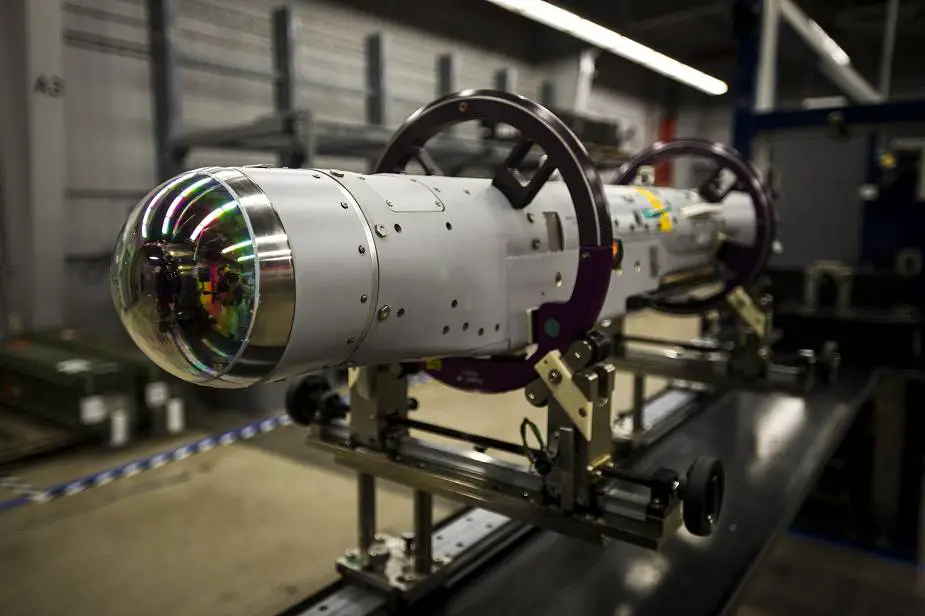Breaking news
Raytheon completes first guided release of StormBreaker smart weapon from F/A-18E/F Super Hornet.
According to information released by Raytheon on June 15, 2020, American Company Raytheon Missiles & Defense, a Raytheon Technologies business (NYSE: RTX), completed the first guided release of a StormBreaker® smart weapon from an F/A-18E/F Super Hornet, which will become the second fighter jet to add the weapon when the program reaches initial operational capability later this year.
Follow Navy Recognition on Google News at this link
 The US Air Force’s newest weapon, StormBreaker®, has a unique tri-mode seeker that enables pilots to hit moving targets in adverse weather or low visibility. Integration is progressing on several US fighter jets including the F-15E and now the F-18 Super Hornet. (Picture source Raytheon)
The US Air Force’s newest weapon, StormBreaker®, has a unique tri-mode seeker that enables pilots to hit moving targets in adverse weather or low visibility. Integration is progressing on several US fighter jets including the F-15E and now the F-18 Super Hornet. (Picture source Raytheon)
"StormBreaker is the only weapon that enables pilots to hit moving targets during bad weather or if dust and smoke are in the area," said Cristy Stagg, StormBreaker program director. "Super Hornet pilots will be able to use poor visibility to their advantage when StormBreaker integration is complete."
During the U.S. Navy flight test, StormBreaker safely separated from the jet and successfully received guidance data from the plane, enabling it to be directed to its target while in flight.
StormBreaker features a revolutionary tri-mode seeker that uses imaging infrared and millimeter wave radar in its normal mode. The weapon can also deploy its semi-active laser or GPS guidance to hit targets. The F-15E Eagle is the first platform to add StormBreaker; it's also being integrated on the F-35 Joint Strike Fighter.
The StormBreaker® smart weapon gives operators an upper hand in combat by hitting moving targets in some of the worst weather conditions. The winged munition autonomously detects and classifies moving targets in poor visibility situations caused by darkness, bad weather, smoke or dust kicked up by helicopters.
Poor weather and battlefield obscurants continue to endanger warfighters as adversaries rely on these conditions to escape attacks. This has established the requirement for an all-weather solution that enhances warfighters' capabilities when visibility is limited.


























